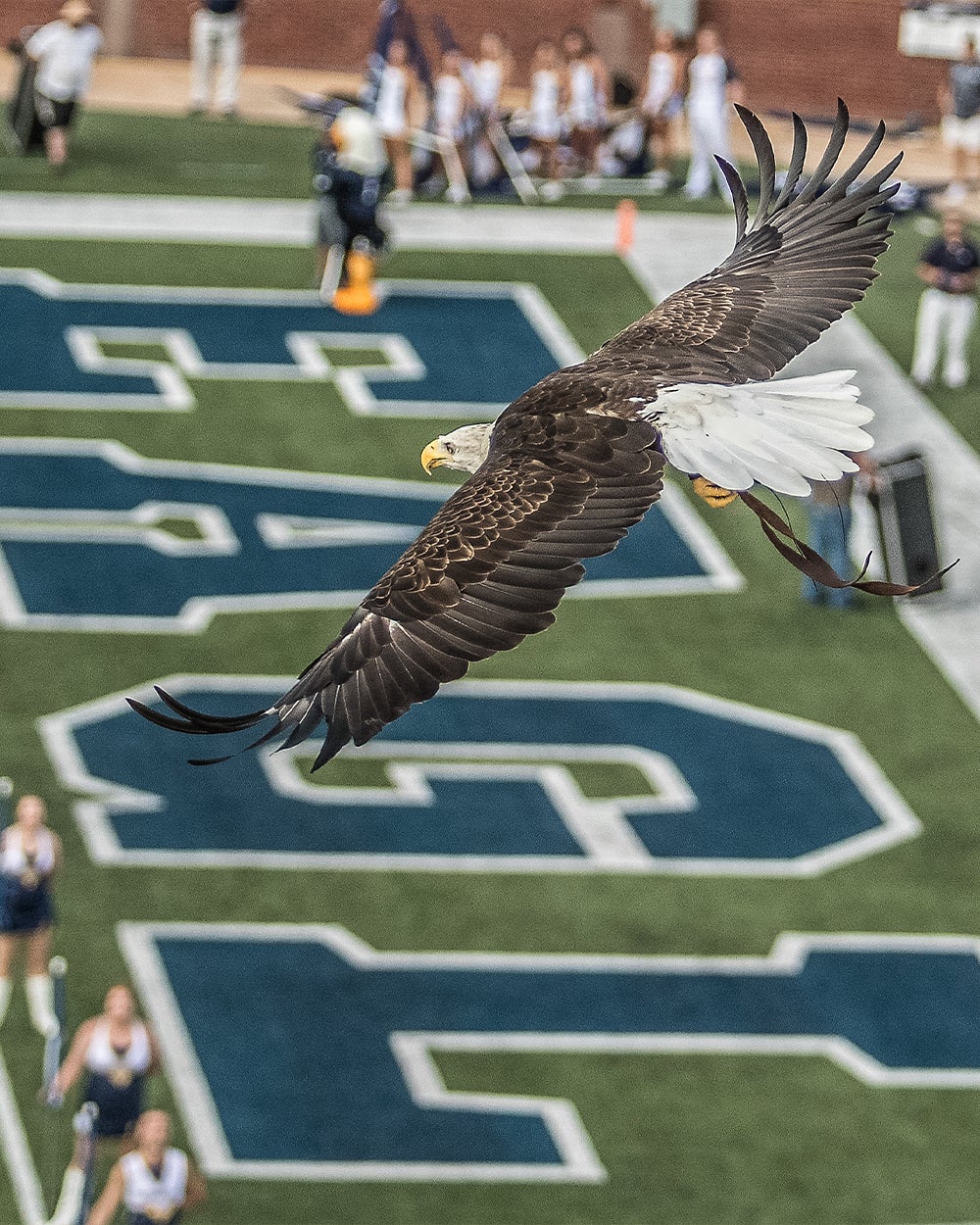Benedictine Monastery and Freedmen's School
I posted some pictures on Instagram and Facebook about our project at the Benedictine Monastery and Freedmen’s School, but I have not had a chance to share more about the project.

Students digging on site.
First a bit of history
After the Civil War, Savannah’s Catholic diocese invited Benedictines from Europe to start schools for African-American children. In 1874, St. Benedict’s Parish was created and the monks built a successful school on Perry Street in Savannah. In 1876, they expanded to a school on Isle of Hope. Unfortunately, most of the monks and students succumbed to a yellow fever outbreak.
So the Benedictines turned to Hampton Place, a plantation on Skidaway Island originally purchased by the Catholic diocese to start an orphanage. Those plans were halted when the plantation’s main house was lost to fire. The property was turned over to the Benedictines for a manual labor school, meaning the students would spend part of their day in school and the rest working in the fields. The students wouldn’t pay tuition, but instead the crops produced would be sold to support the school. In September 1878 when classes begin, there are 500 people, mostly African-American, living on Skidaway Island, none Catholic.
There were many challenges facing the monks. First, the concept of a manual school was incompatible with many ex-slaves desires for their children. They wanted students to get an education so they could leave the fields for better jobs and opportunities. Also, all of the families were Protestant, and the Protestant preachers were not supportive of the Catholic school. Lobbying from white Protestants on the mainland encouraged Chatham County to open a public school soon after ,and many students attended the public school. The Benedictines’ school also never made enough money from agriculture and relied on support from the local diocese. In 1881 there were 8 teachers and 12 students. By 1883 there were still only 20 students. An 1889 tidal wave ruined Skidaway Island’s fresh water sources and ended the school.
Methodology: Phase I
The project began with historical and archaeological research into Benedictine monasteries and freedmen schools. In the literature search conducted so far, we have found no other similar sites that have been investigated, which makes this site even more important.
The Spring 2016 semester is devoted to Phase I research, or survey. We need to learn what is still present on the site and how well preserved the site is. Our research questions include:
- Is this definitely the site of the Benedictine monastery and freedman school?
- How much of the site is preserved? Which portions of the site have been preserved?
- Is there evidence of earlier or later occupations on the site?
- What is the layout of the buildings and other living spaces?

Laying out the grid and shovel test locations.
Students taking Introduction to Archaeology were the field crew for this project. The fieldwork was shovel test pits, which are one-foot diameter holes dug in a grid pattern over the site. We added judgmental locations as necessary to investigate architectural ruins present. Each shovel test was described and mapped. Shovel testing gives us a small sample of the artifacts and soil layers still present. Soil is equally, if not more, informative as artifacts. Different colors of soil and how the soil is layered can tell us much more than the artifacts. For example, when digging a privy, we can test for parasites and other diseases in the soil. We can see where postholes were dug and later wooden posts decayed by examining soil stains. Where we find artifacts within the site and the soil layers are important clues to history.
Lab work and analysis is being conducted in the Armstrong State University Anthropology Lab. Introduction to Archaeology students washed artifacts. After the artifacts dried, they were placed in archival plastic bags. Artifacts are currently undergoing analysis, and the technical report is being written.

Students wash artifacts in the anthropology lab.
Posted in General Announcements
